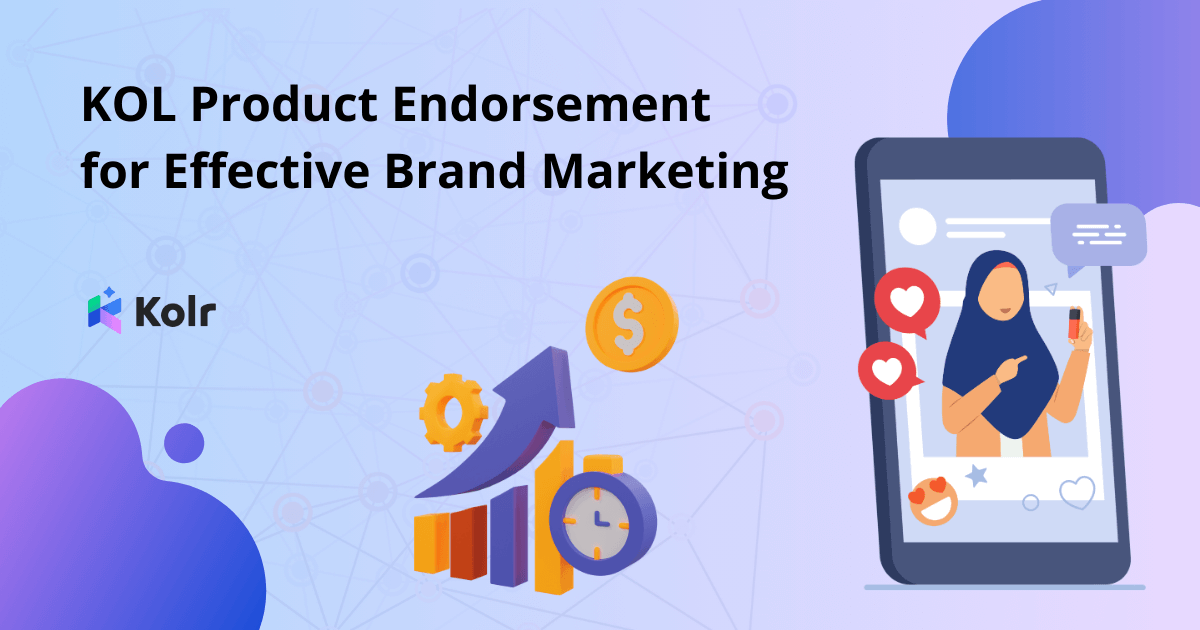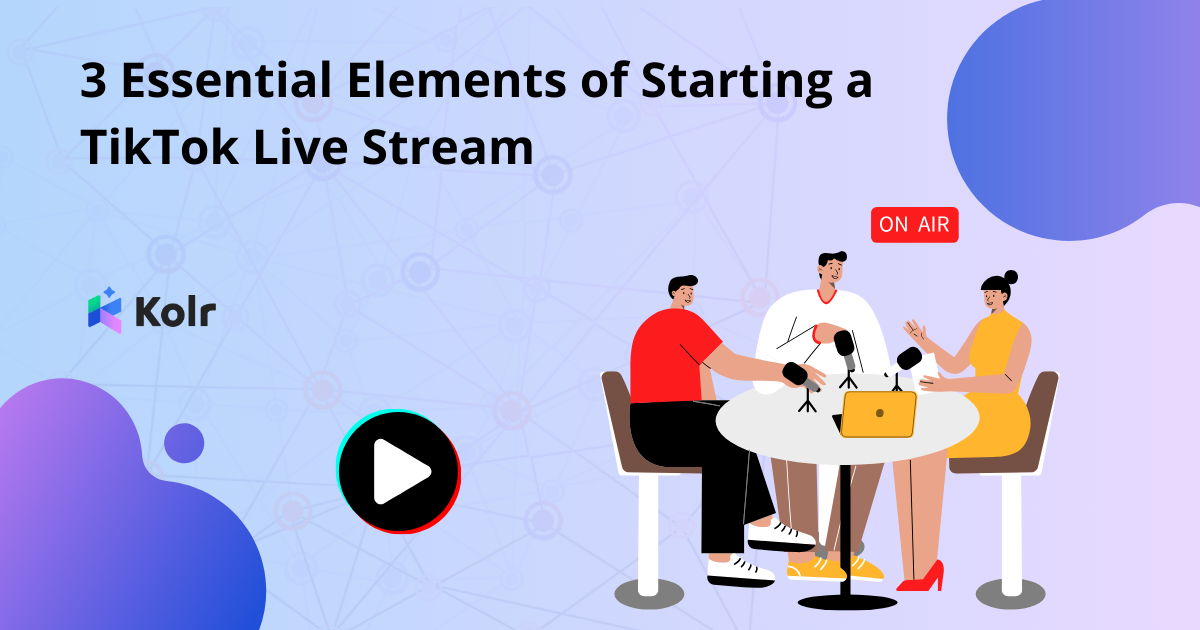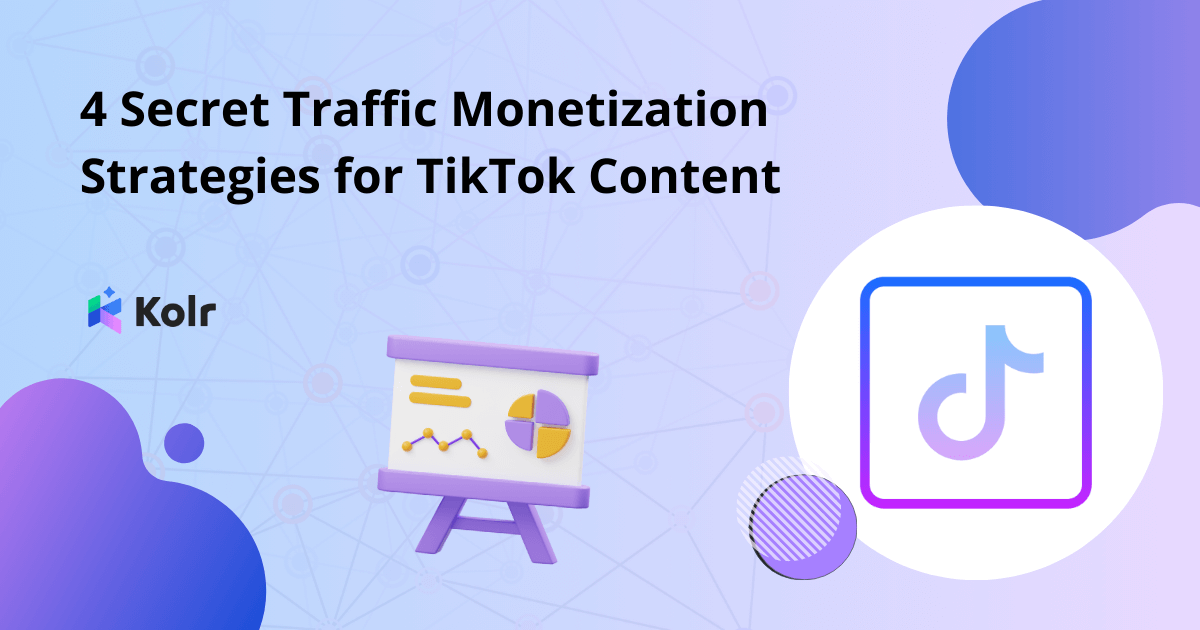Influencer-led sales have gradually become one of the main strategies when it comes to brand marketing in recent years. Through influencers’ sharing and recommendations on social media platforms, brands can attract traffic and generate business opportunities.
Effective influencer-led sales can increase brand visibility and help a brand to promote its products. In contrast, ineffective influencer-led sales may waste marketing costs and even tarnish the brand’s reputation.
How can brands leverage influencers to establish themselves in the market? Stay tuned and grasp the secrets of influencer-led sales firsthand on KOL Radar.
Why Choose Influencers to Promote Products?
1. Increase Brand Exposure:
Influencers wield a certain level of influence on social media platforms. Brands often struggle with low visibility and lack of recognition for their products and brands, resulting in ineffective marketing efforts. Without a strong audience base, a brand that relies solely on promoting via social media or advertisements may get effective exposure.
By leveraging influencers to promote products, brands can tap into the influencers’ social media influence and fame to increase their exposure. This can effectively improve conversion rates and successfully build brand awareness.
2. Accelerate Target Audience Engagement and Increase Marketing Efficiency:
When planning marketing campaigns, brands must identify their target audience and tailor marketing strategies accordingly. With clear marketing goals, brands can understand audience characteristics and develop comprehensive promotional events, as well as special event plans.
Through influencer-led sales, brands can identify influencer audience profiles based on project needs. It will be easier to find influencers whose tone aligns with the brand and effectively utilize their influence to encourage fans to make purchases.
In addition, “influencer group purchases” are an effective collaboration method that leverages their influence to create business opportunities. By utilizing different social media promotion channels for group purchases, brands can quickly boost sales and achieve high-efficiency influencer-led marketing.
3. Create Word-of-Mouth Benefits:
Word-of-mouth marketing is one of the most commonly used marketing methods by enterprises and brands. The spread of word-of-mouth not only originates from the brand itself but often also through influencers’ recommendations and usage experiences that spread positive reviews.
KOL Radar suggests that brands can develop appropriate word-of-mouth marketing plans. Unlike traditional advertising models, integrating products naturally into influencer-created content can help brands resonate more with fans. Through word-of-mouth transmission among fans, brands can establish a positive reputation on social media. This saves advertising and marketing costs and at the same time brings greater benefits to the brand.
Forms of Influencer-Led Sales
1. Photo and Text
This form of influencer-led sales primarily involves collaborations where influencers post photos and accompanying text to promote products. It is suitable for highlighting product details and emphasizing product features.
In this scenario, both the photographer and the photo editor play crucial roles. They need to capture the details of the product and amplify its advantages. Furthermore, creating a suitable atmosphere through setting up the scene helps attract consumers to linger on the post and delve deeper into understanding the product.
Many brands collaborate with influencers to shoot promotional photos of their products. With the influence of these KOLs, brands can increase the attractiveness of their products and attract fans to make purchases.
Apart from grabbing attention with photos, the photo layout can also be a significant highlight. Brands that primarily operate on platforms like Instagram need to maintain consistency in layout and color tones to attract more potential audiences to follow their social media accounts.
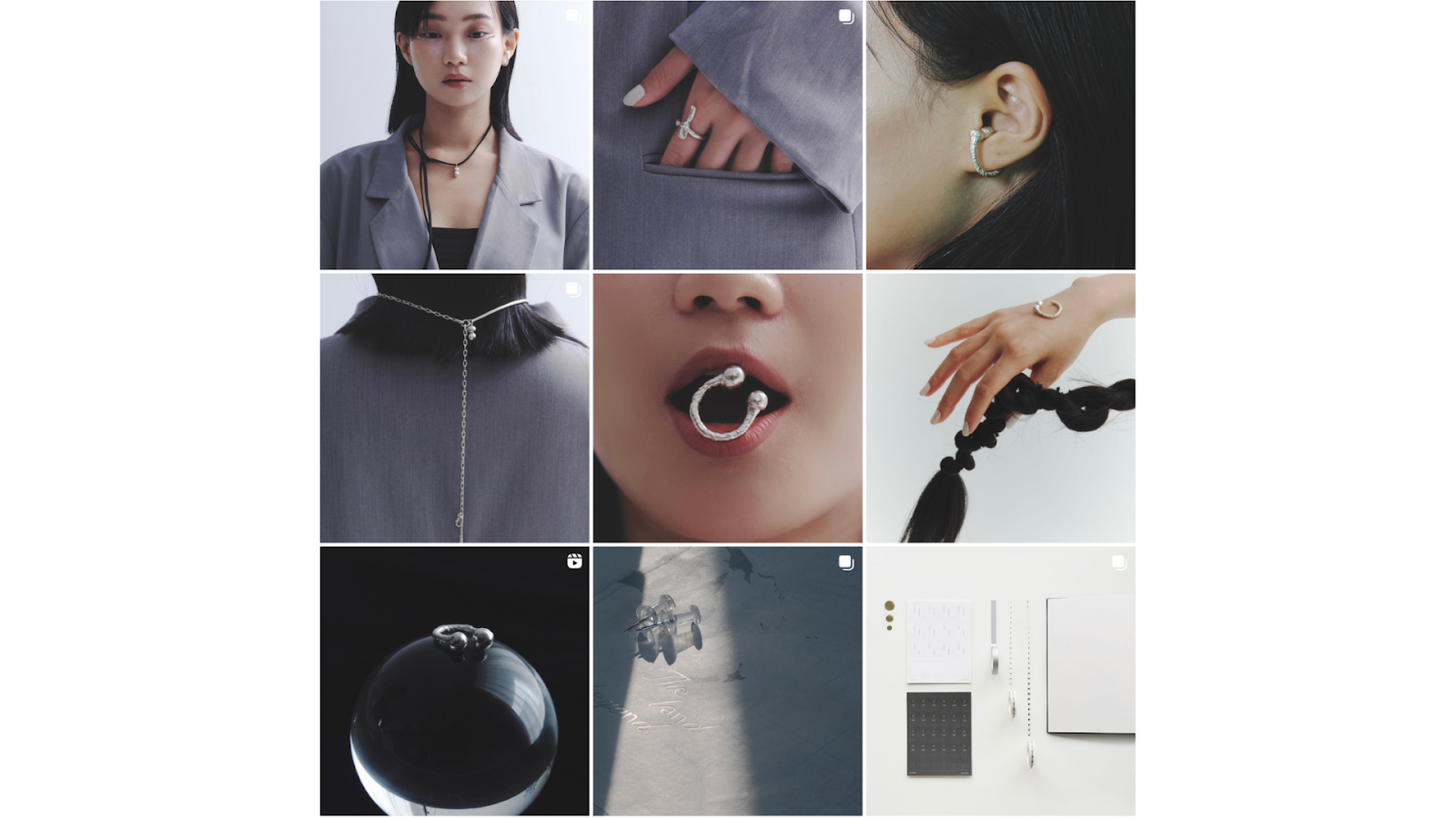
Source: orlo Instagram
2. Short Videos:
In recent years, brands have increasingly favored using short videos to introduce products. The traffic advantage of short videos helps boost brand awareness and brings product marketing content to the attention of potential audiences through algorithms.
Compared to traditional photo and text posts, creating short videos requires in-depth consideration of themes, scripts, cinematography techniques, music selection, and even dialogue delivery to highlight a brand’s characteristics.
Therefore, many brands collaborate with influencers to enhance the watchability of short videos through the influencers’ social media influence. By incorporating influencer-led sales in short videos, brands can attract more target audiences to make purchases.

Source: 沈早俱樂部 Instagram
3. Live Stream Shopping:
Live stream shopping has emerged as one of the most popular influencer-led sales models in recent years. Due to its low cost and lack of time and location constraints, many brands are drawn to this convenient method.
However, during the time when brand awareness is still low for relatively new brands, livestream shopping may not effectively generate business opportunities. Therefore, brands can first increase brand community traffic through methods such as photo and text posts, short videos, etc. Then, they can rapidly increase brand awareness through influencer-led sales before embarking on live-stream shopping.
In addition to lower promotional costs, the live-stream shopping method has a higher instantaneous product conversion rate. Platforms like Instagram, Facebook, and other live-streaming e-commerce platforms allow for features like leaving a comment with “+1” to place an order. This enables fans to purchase products while watching the live stream and instantly add the product to their shopping cart.
Implementing Influencer-Led Sales and Key Points to Consider
1. Evaluate Brand Development Progress and Develop Marketing Strategies
When devising influencer-led sales collaboration plans, brands need to consider their brand awareness and social media traffic. They should formulate corresponding marketing strategies based on brand positioning and the pace of their business.
For brands in the early stages of operation, especially those yet to establish a foothold in the industry, inviting medium to large-scale influencers to promote the brand can help boost brand awareness. As the brand accumulates a certain level of visibility and stability in its growth trajectory, it can then lean toward inviting smaller to medium-sized influencers to reach out to a broader audience base.
Once the brand gains mass appeal and becomes widely recognized by the target audience, it can choose to regularly collaborate with micro-influencers or even nano-influencers. Collaboration formats can also be diversified, such as mutually beneficial collaborations or being campus ambassadors, all of which can increase the brand’s social media exposure and reach different customer groups.
2. Gain Insights Into Influencers’ Social Media Effectiveness and Collaboration Formats
Before selecting influencers for influencer-led sales, it is essential to understand the effectiveness of an influencer’s social media communities and also observe their content creation style and level of interaction with fans to evaluate the effectiveness of engaging these influencers for marketing.
KOL Radar’s “AI Data Dashboard” assists brands in analyzing various aspects of influencers’ effectiveness, such as interaction and viewership across different social media platforms through multiple data charts. Moreover, KOL Radar provides a “Sponsored Post Analysis” feature that examines the sponsored content and short videos that influencers have created in the past. This helps brands quickly understand the effectiveness of an influencer’s posts and evaluate the effectiveness of influencer-led sales.
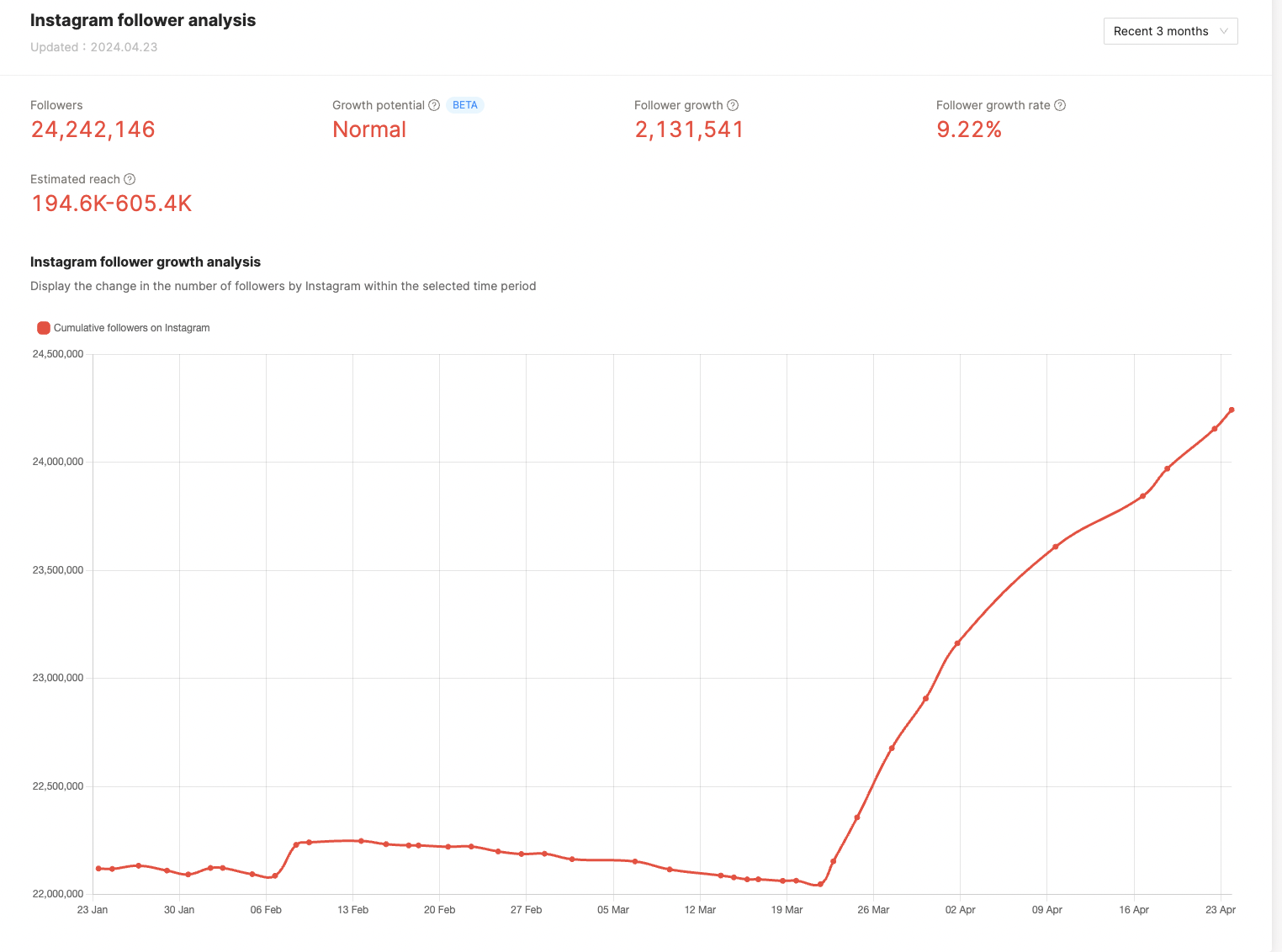
Source: KOL Radar
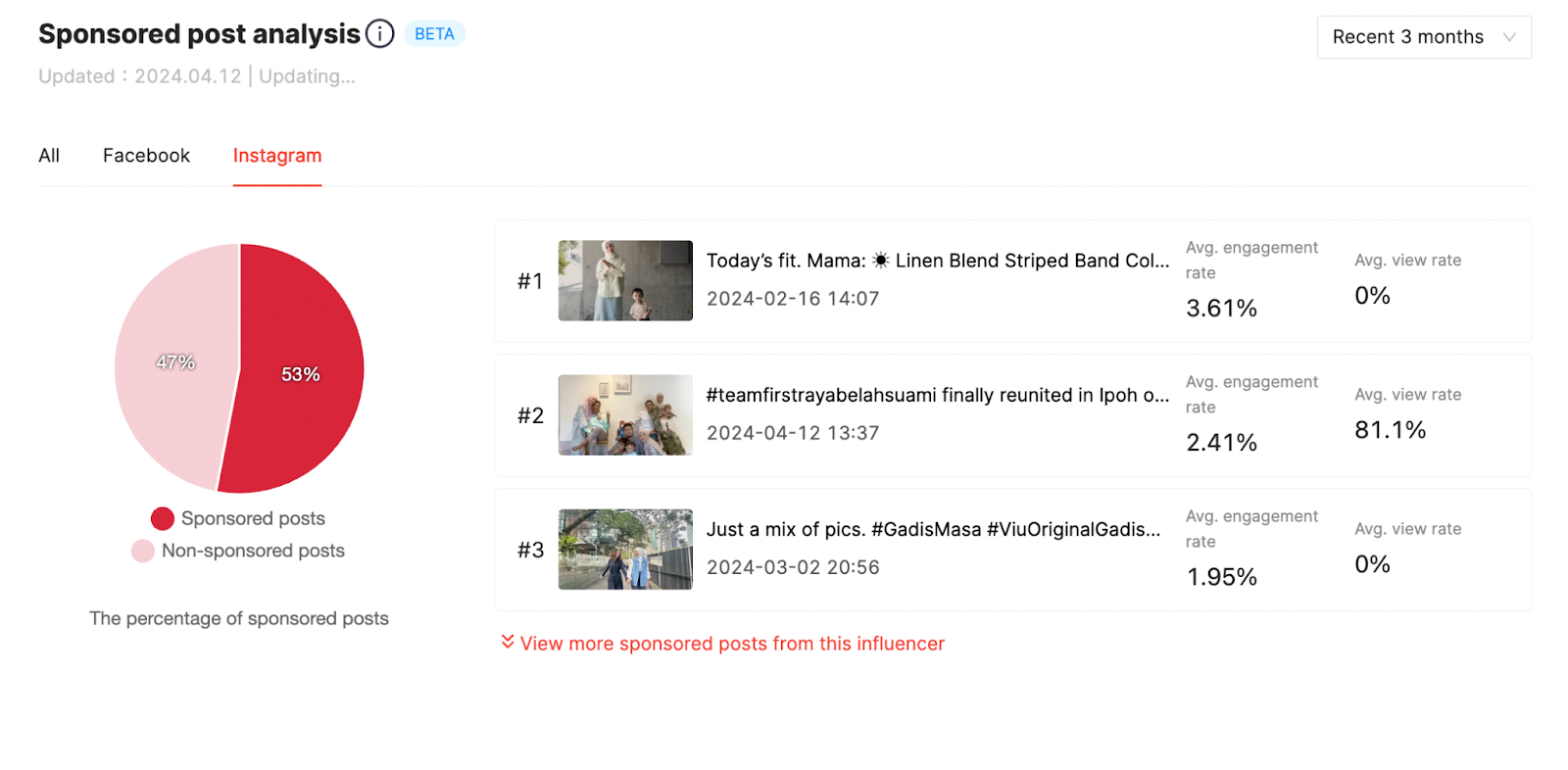
3. Establish Influencer Collaboration Guidelines to Monitor Collaboration Effectiveness
Before deciding to collaborate with influencers, it’s crucial to carefully draft collaboration contracts and specify guidelines throughout the contract. These guidelines may include the collaboration platform, exposure formats, number and timing of content releases, filming methods, submission requirements, etc.
Detailed collaboration points should be outlined to protect the interests of both parties. In addition, brands should communicate with influencers in advance to discuss contract signing details. In case of contract breaches or other legal issues, solutions can be discussed based on the contract terms.
KOL Radar’s “Business Case Matching” feature provides brands with a one-stop influencer matching service on the platform. Brands can plan comprehensive collaboration processes according to project needs and match suitable influencers on the platform to carry out negotiations and signings. The “Insight Report” feature further helps brands monitor influencer-led sales effectiveness through data charts on their engagement, performance, conversion rates, etc.
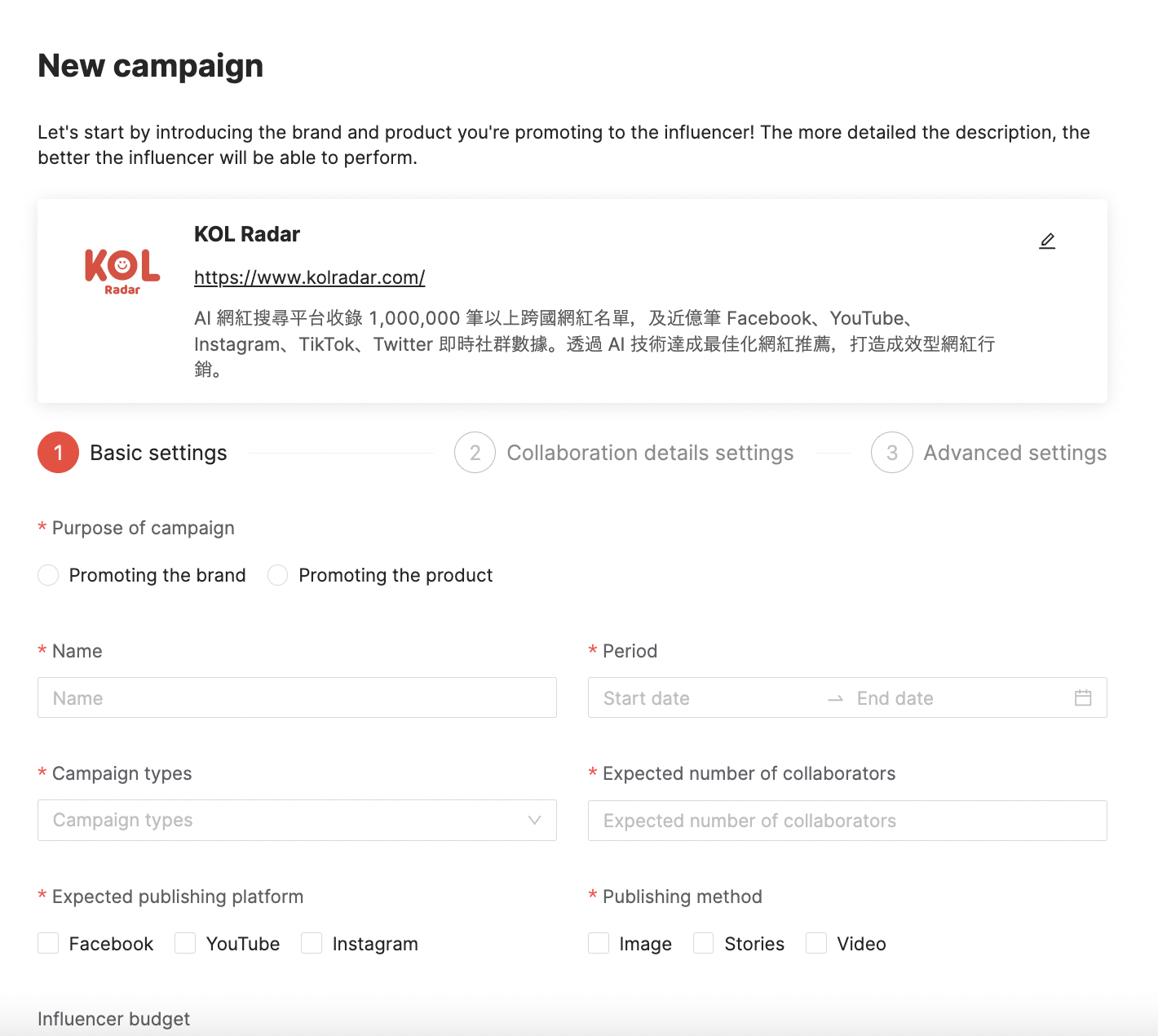
Source: KOL Radar
Conclusion
Influencer-led sales have become one of the best means of brand marketing. In addition to leveraging KOL’s influence to increase brand visibility, influencer-led sales also enhance marketing efficiency and drive product sales effectively. Brands must make the most out of the advantages of influencer-led sales and develop different marketing strategies for various types of influencers. In no time, brands can tap into the advantages of this influencer marketing method.
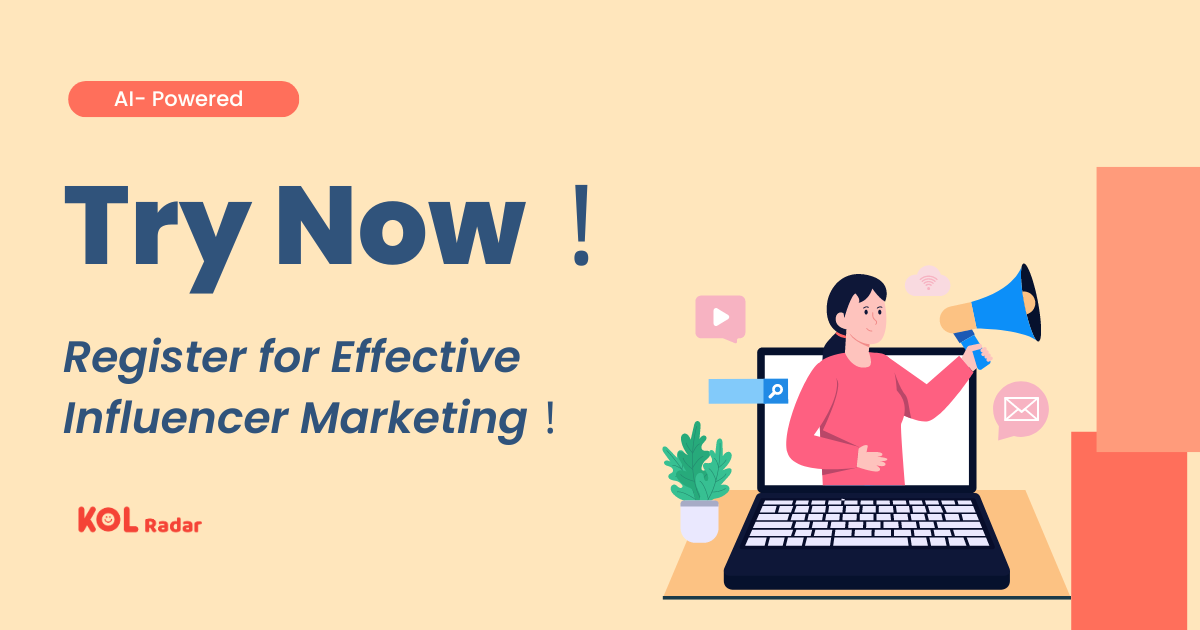
If you would like to know more about influencer marketing, feel free to consult KOL Radar for free at https://www.kolradar.com/my/solution.
▶︎ This article may not be reproduced, reprinted, publicly broadcast, or publicly transmitted without permission. The copyright and image rights of the pictures and data referenced in this article belong to their respective owners.
